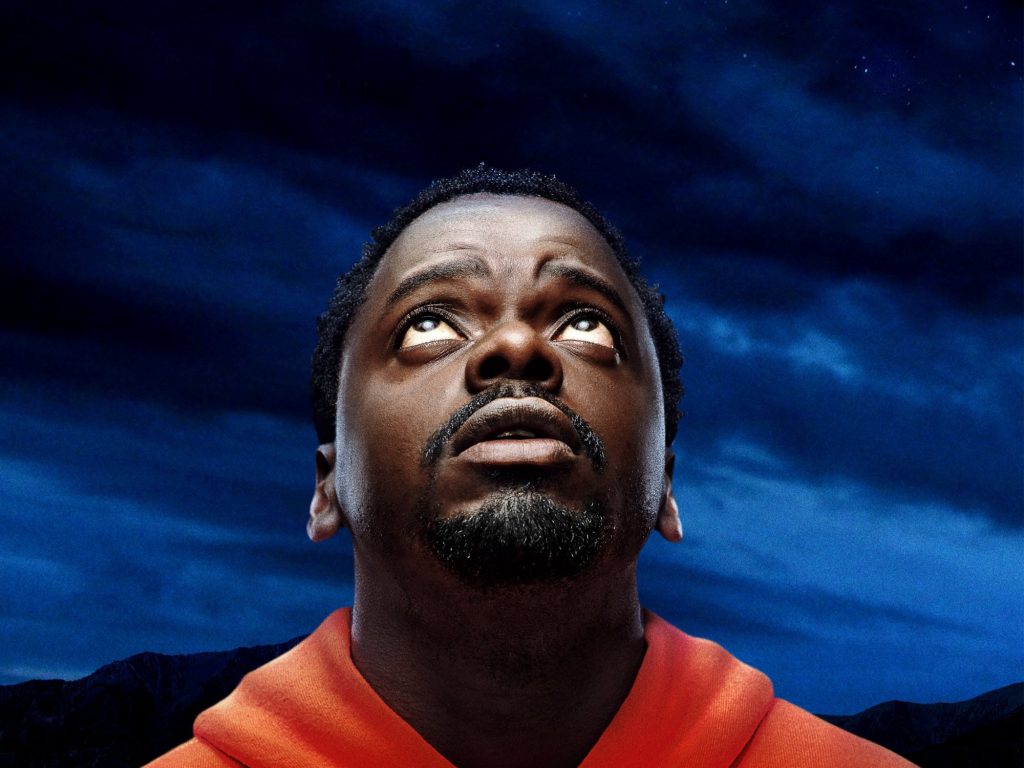![03film[a]-Irma Vep](https://chico.newsreview.com/wp-content/uploads/2022/08/03filma-Irma-Vep-678x381.jpg)
In 1996, French auteur Olivier Assayas made a feature film called Irma Vep with a cat-suited Maggie Cheung starring in the title role. It was a comic drama about the making of a “remake” of a classic of French cinema, Louis Feuillade’s Les Vampires, a 1915-16 serial featuring a cat-suited lady villain named Irma Vep (played with balletic and darkly angelic grace by the legendary Musidora).
The new Irma Vep series currently playing on HBO is Assayas’ remake of the remake, this time as eight hour-long episodes with Alicia Vikander in the title role—or, rather, in the role of the actor who plays the title role in the remake. As in the previous version, she emerges as an unexpectedly dynamic creative force in getting the beleaguered production into completed form. And she also finds herself somewhat overtaken by the character she’s playing, which results in some clandestine Irma Vep-like adventures with cast and crew in their off-hours.
The result is a species of intricately comical backstage drama, which slides, quite casually, into scenes of Feuillade-style fantasy, most of which proves fascinating, provocative, and—at times—quite moving.
Assayas keeps things moving freely among a rather rollicking set of segments: scenes from the work in progress, beautifully preserved excerpts from Feuillade’s silent-era original, scenes from the autobiography of Musidora (with Vikander and other cast members playing the roles), an assortment of backstage episodes and after-hours vignettes, etc.
Vincent Macaigne is a seriocomic delight as the remake’s grungily erratic director (Jean-Pierre Léaud had that role in the 1996 version), and in the Musidora sequences, he plays Feuillade as a fastidiously unapproachable eccentric. His performance and Vikander’s are reason enough to see this series/film, but there’s a fine, large supporting cast (including Hippolyte Girardot, Pascal Greggory, Jeanne Balibar, Carrie Brownstein, Alex Descas and a hilariously obnoxious Lars Eidinger) as well. And Assayas’ multifaceted concoctions are post-modern entertainment of the first order.
I came out of a matinee screening of Nope saying it was the most fun I could remember having at a sci-fi/horror film. I still feel that way but hasten to add that a great deal of that “fun” has everything to do with the ways writer-director Jordan Peele’s feisty genre hybrid layers in so much besides those generic tropes.

It’s also a comedy and a western. It has the mother of all “flying saucers,” and it has a hip-hop heroine. It has a hero on horseback, but the guy with the cowboy hat is a former child actor who runs a glitzy Wild West theme park. It has Black history and the history of cinematography mixed in as well. The key characters are people of color, and its desert settings are part of what makes it a richly evocative take on several varieties of Southern California “culture.”
Nope is post-modern entertainment of a high order.
Back on the Home Screen, we’re bingeing Longmire, via Netflix. I had seen and liked episodes from the first two seasons of the series, which ultimately ran for six seasons (2012-17). Somehow I didn’t stick with it back then, but now—four seasons in—I’m liking it more than ever.
It is based on Craig Johnson’s series of western-style detective novels, in which the eponymous Longmire is a small-town sheriff who wears a cowboy hat but hasn’t much use for uniforms. Longmire shines as a modern western, a police story in which the mythic Old West runs smack up against the realities and contradictions of the New West.
Walt Longmire himself (Robert Taylor) is something of a lone hero type, but the stories put empathetic focus on a considerable array of personal dramas and social entanglements. These involve Longmire’s deputies (including three played by Katee Sackhoff, Adam Bartley and Bailey Chase), the widowed sheriff’s daughter (a bright-eyed law school graduate played by Cassidy Freeman), Longmire’s office manager (Ruby, played by Louanne Stephens) and Longmire’s sardonically aging predecessor (played by Peter Weller, who directed five episodes).
Just as crucially, since a Cheyenne reservation adjoins Longmire’s jurisdiction, it involves a host of Native American characters including a combative entrepreneur (A Martinez), the reservation lawman (Zahn McClarnon), a corrupt ex-lawman (Graham Greene) and, most importantly of all, Henry Standing Bear (Lou Diamond Phillips), proprietor of the Red Pony saloon and Longmire’s closest friend since childhood.
Existential uncertainties, moral ambiguities, spiritual crisscrossings, intimations of mortality and much else shimmer in the vicinity of these stories. It’s an old, reliable kind of storytelling that seeks out comforts and contentment but remains wary of anything that smacks of total comfort or pure bliss.

Be the first to comment